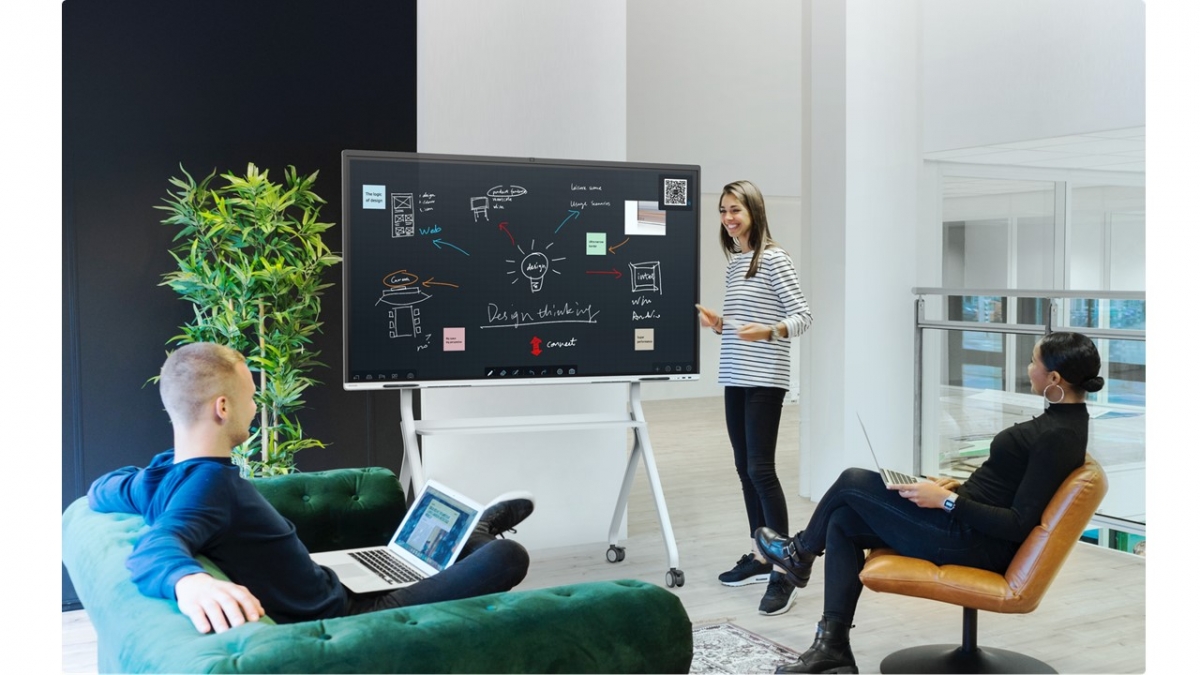

When all of the conditions for the rule matches, it executes actions specified on these matching rules.Īs an example, you can specify motion sensors in Occupied settings to set a room state to Occupied when there is motion from any of those motion sensors. It takes this state and attribute values from various sensors and evaluates a set of rules that you create to match the conditions. This app works by setting rooms occupancy to various states based on a set of sensors as specified by the user. So checkout webCoRE as well if you don't already use it. I use webCoRE for that and am I big fan of Adrian. There is a range of other automations that webCoRE makes possible that could not otherwise be done without writing a custom smartapp for it. Rooms Manager and Rooms Occupancy readme on GithubĪdditionally, these room devices also have attributes, capabilities and commands which are useable in webCoRE or other smartapps like Smart Lighting in ST or Rule Machine in Hubitat.

You can continue reading here for the summarized version or read the more detailed and always the latest version on Github which also describes the individual settings: But even more importantly perhaps, this app gets you the kind of WAF for your home automation that you have always dreamed about. In short - your automation should work for you and not the other way around. If there is one principle that these apps are built on, it is - that your home automation should work in the background in a repeatable and predictable manner without requiring periodic human intervention. While those work to a degree, it does not enable the kind of comprehensive automation that should be possible for devices in a room based on sensor and device inputs. Usually through setting up a few rules or creating a few pistons. What these rules enable is many common tasks around rooms which most users go through automating at some point. When creating a room device through the smartapp you are able to create these rules for the rooms making your rooms really smart. What makes it really useful is not just the room's occupancy state but the ability to manage automation for rooms in a set of rules for the room based on the occupancy state of the room and data from various sensors. In contrast rooms occupancy considers the room as a meta device and automates common tasks associated with a “room” physical or virtual. While ST has a concept of rooms it is essentially a grouping mechanism which does not enable personalized automation.


 0 kommentar(er)
0 kommentar(er)
